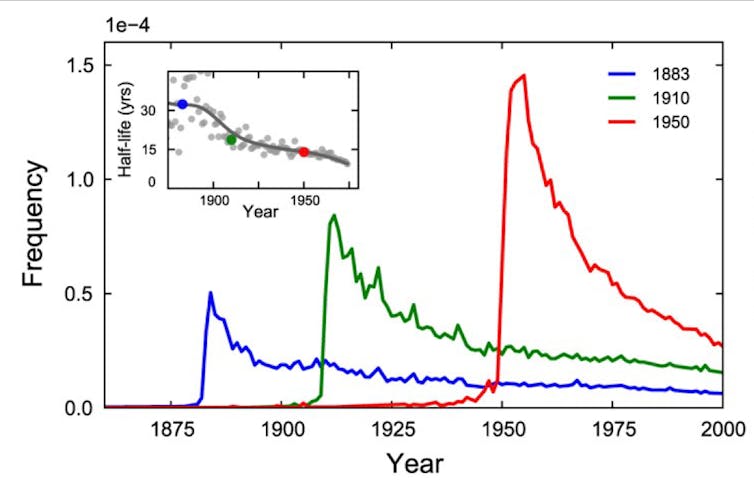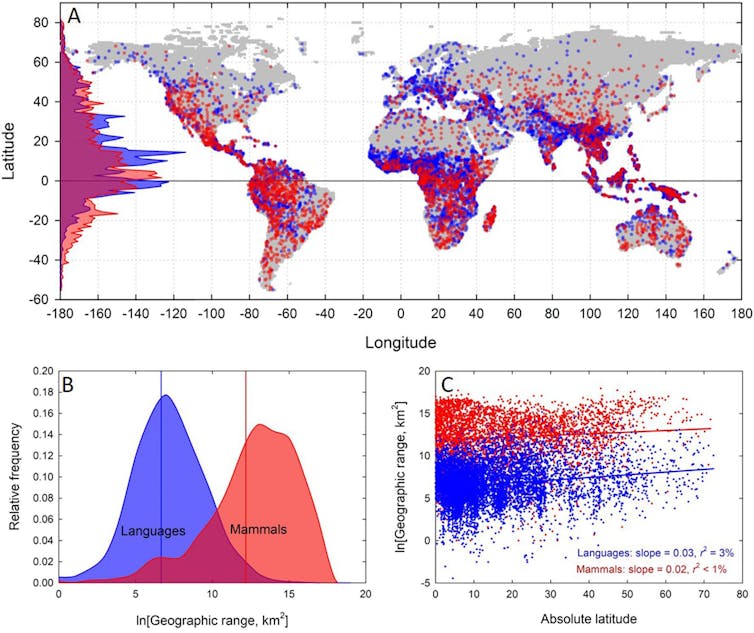Eight surprising things data science has revealed about us over the past decade
Big data analysis has unveiled startling links between seemingly unrelated things, such as how a person’s physical elevation above sea level might influence their personality.





